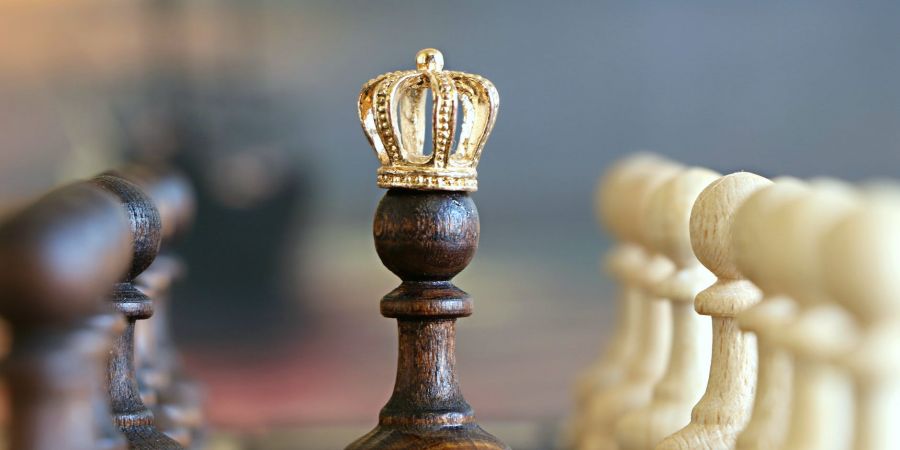

Otto Wurzburg, a chess player who worked as a postman in Grand Rapids, Michigan, (1875–1951), was featured on the cover of the first issue. During the 1920s and 1930s, Kashdan was one of the world's best problem solvers. His advantage in structures impacted the magazine for quite a long time after he left, and the cover would highlight a chess issue each issue until May 1941. Wurzburg wrote a monthly column and served as problem editor. Bertram Kadish, the magazine's art director, also contributed cartoons and illustrations. A bridge column by George Reith was an unusual addition to the first issue. Horowitz and Reinfeld were devotees of contract bridge, but after three issues, the column was discontinued.
When Kashdan left the magazine to concentrate more on his playing career, Horowitz took over as editor for the issue that came out in November and December 1933.[1] In 1934, it became the first chess magazine to be sold at major department stores and newsstands. Consequently, no June issue was printed and the magazine dated ahead one month.[2] In December 1935 the magazine started to put "The Authority Organ of the American Chess League" on the cover. The American Chess League was an ancestor of the US Chess Organization (USCF), laid out in 1939. In 1936, Reinfeld took a brief break to concentrate on writing his book. "Game of the Month," a brand-new column by Reuben Fine, appeared in the August-September 1941 issue. Samuel Reshevsky, his rival, would not write for the magazine for several years.) Max Euwe and Svetozar Gligori would later carry on with this format and column. Irving Chernev started the column "Chess Quiz" in the same issue. In the magazine's first year, Chernev had begun to contribute, but this marked the beginning of a larger role.
In 1943, Albert Pinkus and Jack Collins joined the staff. Chess Review adopted the moniker "The Picture Chess Magazine" in 1944. Reinfeld got back to the magazine in 1945 as Chief Supervisor, and Horowitz and Kenneth Harkness were recorded as Editors and Distributers. Hans Kmoch joined in 1948 and contributed to the publication's coverage of international tournaments, chess opening theory, and tributes to notable chess players. In November 1949, Fine stopped writing about chess and his "Game of the Month" column. Euwe revived the section in 1952. Savielly Tartakower additionally joined the magazine that year, giving segments of his diaries at irregular stretches.
Benefactors later included Walter Korn (1953), Arthur Bisguier (1957), and Petar Trifunovic (1963).
From its start in 1933, Chess Audit had been the main U.S. chess periodical. Frank Brady changed the official USCF publication, Chess Life, from a newspaper to a glossy magazine, in 1961. The magazines competed until Horowitz retired in November 1969, when the USCF purchased Chess Review to combine the magazines into
Game Diagram: Who ahead at what point in the game is depicted in this graph. The engine displays the evaluated position after each move. This graph shows the progress of that evaluation after the game, and Coach gives you a brief, one-line summary of the game!
In the preceding illustration, white was doing fairly well, but in the end, he suddenly lost it!
Accuracy: On a scale from 0 to 100, this number indicates how accurate your moves were. The score goes up the more often you find the best move!
Descriptors for moves: Brilliant: This was a difficult sacrifice that put you in a great position, and each of your moves fits into one of these categories.
Great Move: This is a crucial move that changes the game's course or is the only good move in a situation where no other move would have been successful. Amazing find!
Best Move - The engine says this is the best move!
Excellent, though not quite the best move!
Good - This move is acceptable, but it could be improved!
Book - A laid out opening move
Mistake - This is a frail move that could be greatly improved
Botch - A terrible move that quickly demolishes your situation
Botch - An exceptionally terrible move that could lose material or lose the game
Missed win - A move was missed that would have won material, or dominated the match
